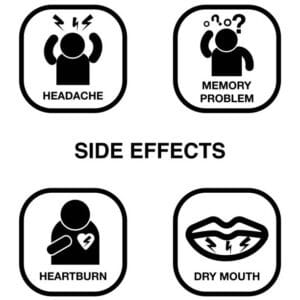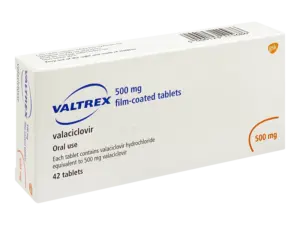Introduction: Bridging the Data Gap in Dermatology AI
Dermatology has lagged behind other medical specialties in artificial-intelligence (AI) research, primarily because of the scarcity of large-scale, richly annotated, multimodal image-text datasets. Most extant dermatology datasets possess only single‐label annotations, cover a narrow disease range, and lack detailed clinical descriptions or context. arxiv.org
To overcome this limitation, Yan et al. (2025) introduced Derm1M: 1,029,761 image–text pairs aligned with a structured ontology, covering 390+ skin conditions and 130 clinical concepts.
Derm1M Dataset Visualization
Explore Key Metrics and Performance Data
Dataset Size Comparison
Hierarchical Data Organization
Model Accuracy Comparison
Key AI Features
Advanced capabilities powered by large-scale multimodal training
Dataset Structure & Methodology
Derm1M aggregates images and textual captions from diverse educational and public sources such as YouTube videos, PubMed articles, medical-forum posts, and teaching slides. Moonlight
Each image is paired with a descriptive caption that goes beyond a simple disease label—captions include symptoms, skin tone metadata, patient history, and clinical context (average length ≈ 41 tokens). GitHub
Ontology alignment
The dataset is built around a four-level expert ontology, mapping skin conditions hierarchically (e.g., disease category → subtype → anatomical site → morphology) and linking 130 clinical concepts (such as “erythema,” “desquamation,” “nodular lesion”). This allows models to learn semantic relationships rather than flat categories.
Scale and novelty
Derm1M is ~257× larger than prior dermatology vision-language corpora (≈4k–10k image-text pairs). Pretrained models (the “DermLIP” family) on this corpus achieved significantly improved performance (e.g., a zero-shot classification accuracy jump from ~44% → 58.8% vs prior SOTA) on downstream dermatology tasks.
Significance for Clinical Dermatology and AI
By combining high‐resolution visual data with rich textual context, models trained on Derm1M can potentially perform more clinically relevant tasks: zero-shot classification, cross‐modal retrieval (image→text), few‐shot learning for rare conditions, and visual question answering in dermatology.
Improved generalisability and demographic coverage
One of the dataset’s aims is to incorporate diverse phenotypes (skin tones, lesion types, anatomical locations), which is crucial for dermatology given known biases in AI models trained on lighter‐skin images. The ontology and descriptive captions also support reasoning about skin type, history, and lesion variation. aimodels.fyi
Potential for clinical decision support
Large multimodal datasets like Derm1M bring us closer to foundation models for dermatology that can assist clinicians with diagnostic suggestions, lesion tracking over time, or decision support in teledermatology workflows. With robust training data, these models could augment productivity, consistency of care, and access—especially in underserved settings.
Limitations and Practical Considerations
Validation & real‐world readiness
Although the authors release topline model performance gains, peer-reviewed publications detailing clinical trial-level validation are still pending. The dataset is promising, but real-world prospective validation remains necessary. Moonlight
Source bias and skin-tone representation
Because many images are drawn from publicly available educational or online sources rather than systematically collected from diverse patient cohorts, biases in skin tone, image quality, device types (smartphone vs dermoscopy) remain possible. The authors themselves note the potential for skewed demographic representation. aimodels.fyi
Clinical vs academic utility
While models trained on Derm1M may excel in benchmark tasks, deployment in real-world clinical workflows requires additional layers: regulatory approval, integration with electronic medical records, dermoscopy/biopsy workflows, clinician trust, and explainability. Until then, the dataset serves more as research infrastructure than a turnkey clinical solution.
Future Directions
- Longitudinal imaging: Future datasets might include time-series skin images (progression/regression) rather than single snapshots, which would improve monitoring of treatment response.
- Multi-modal integration: Incorporating dermoscopic, histopathological, and molecular data (beyond surface photos and captions) would deepen clinical relevance.
- Skin-type stratification: Ensuring balanced representation across Fitzpatrick skin types and anatomical sites to mitigate bias and improve equity.
- Explainable AI and clinician-in-loop models: Deriving trust and transparency remains a key hurdle for clinical adoption.
Conclusion
Derm1M constitutes a major advance in dermatology AI: it delivers unprecedented scale, semantic richness, and multimodal structure to train next-generation vision-language models. While limitations remain, it is a pivotal step toward clinically meaningful AI in dermatology—moving from narrow image classification toward systems capable of multimodal reasoning, contextual understanding, and deployment in real-world dermatologic care.
This review was prepared and presented by MI Skin Clinic, highlighting the latest innovations at the intersection of dermatology and artificial intelligence.




